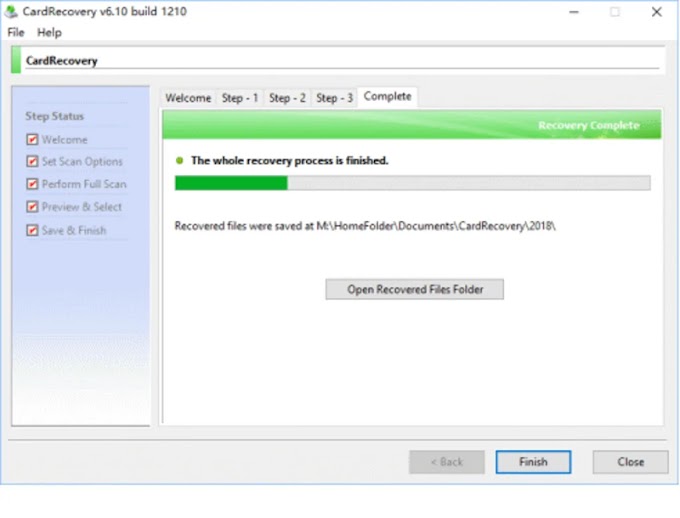When it comes to teachers, online lectures in Pakistan were not easy for everyone, especially experienced teachers who were unfamiliar with modern technology.
In recent years, distance education has started to gain popularity in Pakistan, especially in the higher education sector. But this year, the COVID-19 pandemic has given online education the infamous steroid injection.
In response to this new disease, online education has become popular in all educational institutions. Schools, colleges and universities have transformed their classes online. Students attend conferences by staying in their places.
This rapid adoption of online conferencing is amazing, but not as easy as it sounds!
Aside from the students, it has posed many challenges for teachers that they have never faced before. When combined, several factors make it difficult for educators to teach effectively online.
Typical shift: no time to prepare
Converting online lessons is not a candy bar. It is essential to understand the situation in a practical and clear way and define what is expected to help students in this hour of need.
Unfortunately, educational institutions in Pakistan are not as advanced as other countries when it comes to teaching standards as they have always ignored online lectures in the past.
The Pakistani faculty lacks experience in online teaching. In developing countries, online education includes a dedicated team of teachers specially trained for online classes; We miss that here in Pakistan.
With this sudden change, teachers did not have time to receive training in online lectures and were therefore unprepared for this new "normal". They now offer courses that are not designed this way.
The technology gap
Online conferences are completely different from face-to-face or face-to-face conferences, especially when it comes to technology.
By interacting face-to-face in the classroom and using the whiteboard or whiteboard, teachers can easily develop their points.
However, when it comes to online lectures, teachers are faced with a technology gap. For the most part, he recorded his lectures using a mobile phone or a webcam and provided the same slides from the previous teaching practice.
On the other hand, some teachers use online tools like Zoom Meetings, Google Meet, Skype, and other video calling applications to deliver their lectures.
However, this practice is a challenge in itself - exploring the tool and then using it effectively is extremely difficult.
Not forgetting that a compatible computer, a good internet connection, and an uninterrupted power supply are a must, adding a financial burden for teachers and students alike.
Engaging students has never been so difficult!
Engaging students and developing their interests is one of the teacher's main responsibilities and the most challenging task.
In online conferences, you never know if a student is participating and listening carefully to the teacher or not.
Some students may pay more attention to game consoles by sitting in front of the camera and some may be busy passing notes on teaching style.
These factors are not really encouraging for the teacher and ultimately it is the teacher who is responsible for not meeting the expectations of the students.








